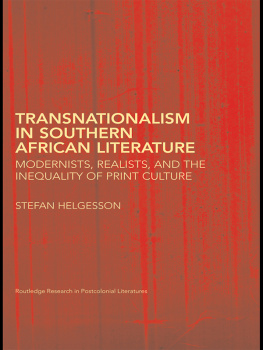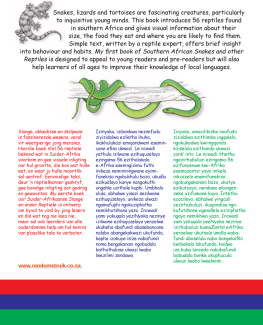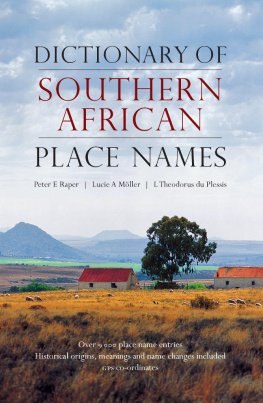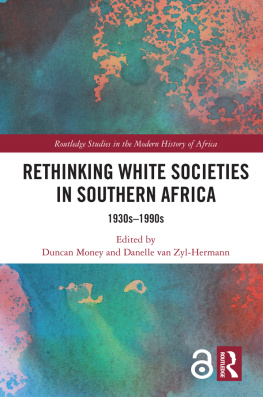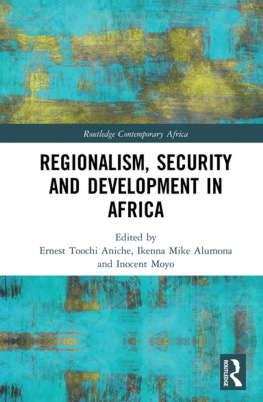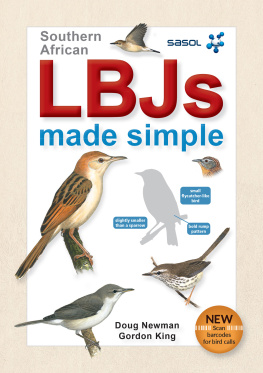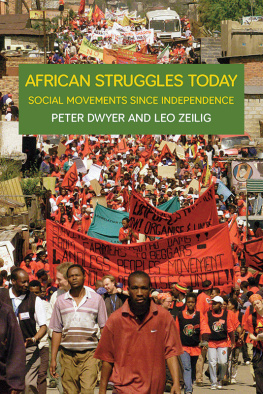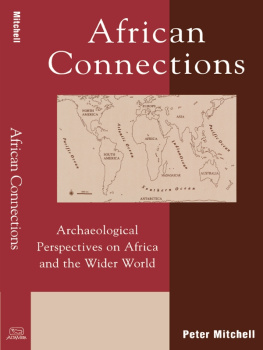FIVE HUNDRED YEARS REDISCOVERED
SOUTHERN AFRICAN PRECEDENTS AND PROSPECTS
500 YEAR INITIATIVE
2007 CONFERENCE PROCEEDINGS
FIVE HUNDRED YEARS REDISCOVERED
SOUTHERN AFRICAN PRECEDENTS AND PROSPECTS
500 YEAR INITIATIVE
2007 CONFERENCE PROCEEDINGS
Edited by Natalie Swanepoel, Amanda Esterhuysen and Philip Bonner
Wits University Press
1 Jan Smuts Avenue
Johannesburg 2001
South Africa
http://witspress.wits.ac.za
ISBN 978-1-86814-474-7
Entire publication Wits University Press 2008
Introduction and chapters individual authors 2008
First printed 2008
This publication has kindly been funded by the National Research Foundation (NRF).
All rights reserved. No part of this publication may be reproduced, stored in a retrieval system, or transmitted in any form or by any means, electronic, mechanical, photocopying, recording or otherwise, without the express permission, in writing, of both the author and the publishers.
Typesetting and reproduction by Positive Proof
Cover by Hybridesign
Cover photograph by Riaan de Villiers
Printed and bound by Creda Communications
Contents
P.L. Bonner, A.B. Esterhuysen, M.H. Schoeman, N.J. Swanepoel and J.B. Wright
J. Behrens and N. Swanepoel
N. Parsons
S. Hall, M. Anderson, J. Boeyens and F. Coetzee
S. Chirikure, S. Hall and T. Maggs
A.G. Morris
E. Hanisch
P. Delius and M.H. Schoeman
T. Maggs
M. Wood
A.B. Esterhuysen
J. Wright
P. Bonner
A. Kanduza
Preface
The last 500 years represents one of the most formative periods of our past, while being, in many senses, the least known. This was a time when, in a jagged and uneven fashion, some of the key cultural contours and categories of modern identities of the sub-continent came into being. It was also a period of enormous internal economic invention and political experimentation in a context where the expanded mercantile force of Europe started to press upon southern African shores and its hinterlands. This suggests that cultural mixing, interaction and change was more a feature of southern Africa in the last 500 years than the standard view of cultural homogeneity and fixity allows.
While a number of notable archaeological studies have focused on this period of South Africas past, they have been few and far between, and most archaeological energies have been vested in earlier phases of human activity, historically distant from the immediate identities of the present. At the same time, however, the study of African oral traditions and pre-colonial history in southern Africa has in many areas stalled over the last 25 years. We are thus confronted with the irony of an absence of attention to this critical period in the evolution of southern African societies and identities, at the very moment when the notion of an African Renaissance and its archaeological antecedents is being celebrated.
In 2006 researchers from different disciplines (archaeology, history, social anthropology) and institutions (museums and universities) in southern Africa formed a group and began to take steps to fill in this gap and produce a fine-grained understanding of the last 500 years. Initially, the group called themselves the 500 Year Research Group (FYRG). This was based on the perception that the form and function of a research group, as defined by university and government institutions, offered the best way to formalise and develop the project. After much consultation, it became apparent that a research group would not allow the broad institutional and international membership that the group deemed necessary. Thus, in order to facilitate broader participation and membership, the name was changed to the 500 Year Initiative (FYI).
At a workshop in 2006 the FYI formulated the following mission statement.
FYI will foster working relationships across related disciplines in order to re-interrogate and generate a more comprehensive understanding of the last 500 years.
FYI will:
- Provide a framework for cross-disciplinary engagement;
- Carry out an audit of knowledge presently residing in different disciplines in order to, amongst other things:
- Identify geographic or theoretical gaps that require urgent redress.
- Locate information, especially ethnographic and oral, for translation and dissemination.
- Identify archival material under threat and actively facilitate its conservation.
- promote the emergence of new articulations between disciplines, methodologies and sources;
- Foster postgraduate training to encourage a new generation of researchers.
During May 2007 the FYI held its first conference to identify and address key issues pertaining to the last 500 years. Pre-circulated papers were presented at the conference by scholars from tertiary institutions and museums from all over South Africa, Botswana and Zimbabwe; a significant number of which are included in this volume.
After the conference, participants were invited to submit their papers for publication. In line with current peer review processes, each paper was sent to two referees. The referees comments helped to eliminate and illuminate papers, problems, ideas and issues. Although we cannot thank these individuals by name, we wish to acknowledge and thank them for their valuable insights and suggestions.
As the aim of the conference had been to break new ground and expose possibilities, the papers in this volume represent the first steps in a process which we anticipate being taken further. Already the conference and these papers have helped to kick start the initiative and raise funding to pursue focussed investigations in the following areas:
- The Mpumalanga Koni-Pedi area;
- The Northern Nguni (Ndwandwe/Swazi/Tsonga);
- The Northern Frontier;
- Tswana political centralisation in the Rustenburg and Zeerust area;
- Mission stations;
- Translation of missionary documents and collections of oral traditions.
The results of investigations into these and other research foci will be presented in future volumes of the FYI conference series.
There were many people who helped FYI take these first steps and who merit acknowledgement. We thank the WITS Universitys Research Office and Trans-Vaal Archaeological society who generously supported the conference; the Origins Centre, which donated the venue; and the NRF who funded this volume.
Natalie Swanepoel, Amanda Esterhuysen and Philip Bonner
1
Introduction
P.L. Bonner, A.B. Esterhuysen, M.H. Schoeman, N.J. Swanepoel and J.B. Wright
Highlighting the period and the term 500 years may create in the minds of older scholars curious resonances and dissonances. Five Hundred Years was the title of a volume published by C.F.J. Muller of the University of South Africa in 1969. There it referred to the length of time claimed for white involvement in South Africa. The book had an entirely white frame of reference, and made next to no reference to an independent history of blacks (who mostly were brought under white domination 180-130 years before and whose past was relegated, in almost an afterthought, to an appendix) (Saunders 1988: 43). In 2006 a group of archaeologists and historians, young and old alike, centred mainly but not exclusively in the Gauteng region, became involved in what they called the Five Hundred Year Initiative . Their aim was to invert the old 500 years mindset and to make up for several decades of neglect of certain aspects of our historical and archaeological past. The most profitable route to achieving this goal they saw as interdisciplinary research which generated close collaborations between archaeologists, oral historians, social anthropologists, linguists and others. As their initial manifestos/grant proposals claimed, the last 500 years was a time of immense change, enterprise, and internal invention amongst African societies caught up in an internal African frontier which was subsequently, secondarily but nevertheless vitally impacted upon by a final white frontier. This involves at least partly a clearer awareness of what we have overcome, and upon which we can build, that is to say, the shortcomings, myopias, and the strengths of research and writing that has taken place mainly within the constricted confines of individual disciplines over the past decades. Since the principal academic domains which this preliminary volume straddles are archaeology and history, it is with a brief review of the pertinent past of each that this introduction begins.


